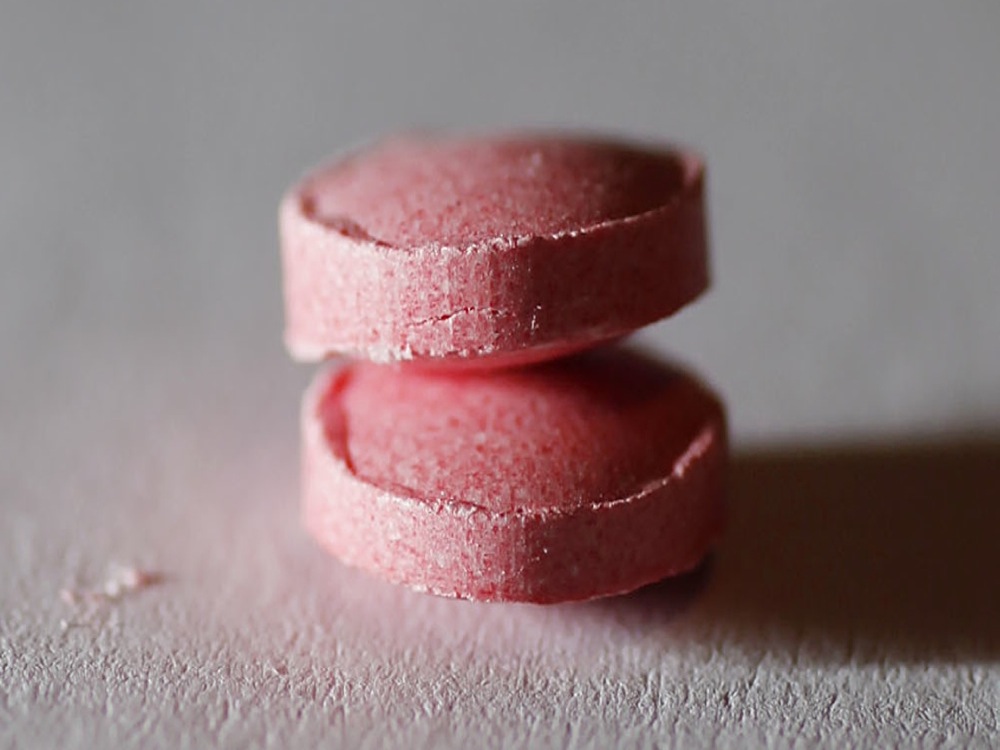Legal highs featured on Embarrassing Bodies
Last week Channel 4’s Embarrassing Bodies featured academics from the School of Chemistry in Lincoln, who have developed a new type of analysis that quickly and conclusively identifies legal highs.
The University of Lincoln has developed a new testing method to identify substances in legal highs. The analysis can quickly detect the active ingredients and this information can be used to warn users.
The team has already worked with the police to help to identify substances. Many legal highs actually contain illegal substances; when the police can identify these substances, they can prosecute dealers and get the substances banned.
One new method has been added to the United Nations Office on Drugs and Crime manual, which is used by drug analysis laboratories all around the world.
A common drug found in legal highs is benzylpiperazine (BZP), which mimics the effects of ecstasy. Talking on Embarrassing Bodies, the team explained how studying the shapes of crystals allowed the nature of the chemicals in the drugs to be determined.
Leonie Elie has been at the forefront of this new technology. Her team has produced tests that identify three new substances found in legal highs: mephedrone, BZP and MDAI.
Co-researcher Dr Mark Baron said: “The increase in the use of legal high products is a serious public health issue and so this was an excellent opportunity to support Dr Dawn and Embarrassing Bodies in informing the public about the risks of taking legal highs. We identified the active drug substances in a number of products and this information will be presented in the programme.”
If authorities are able to identify the chemicals in legal highs faster, they can get them removed from shelves and taken off the market.

